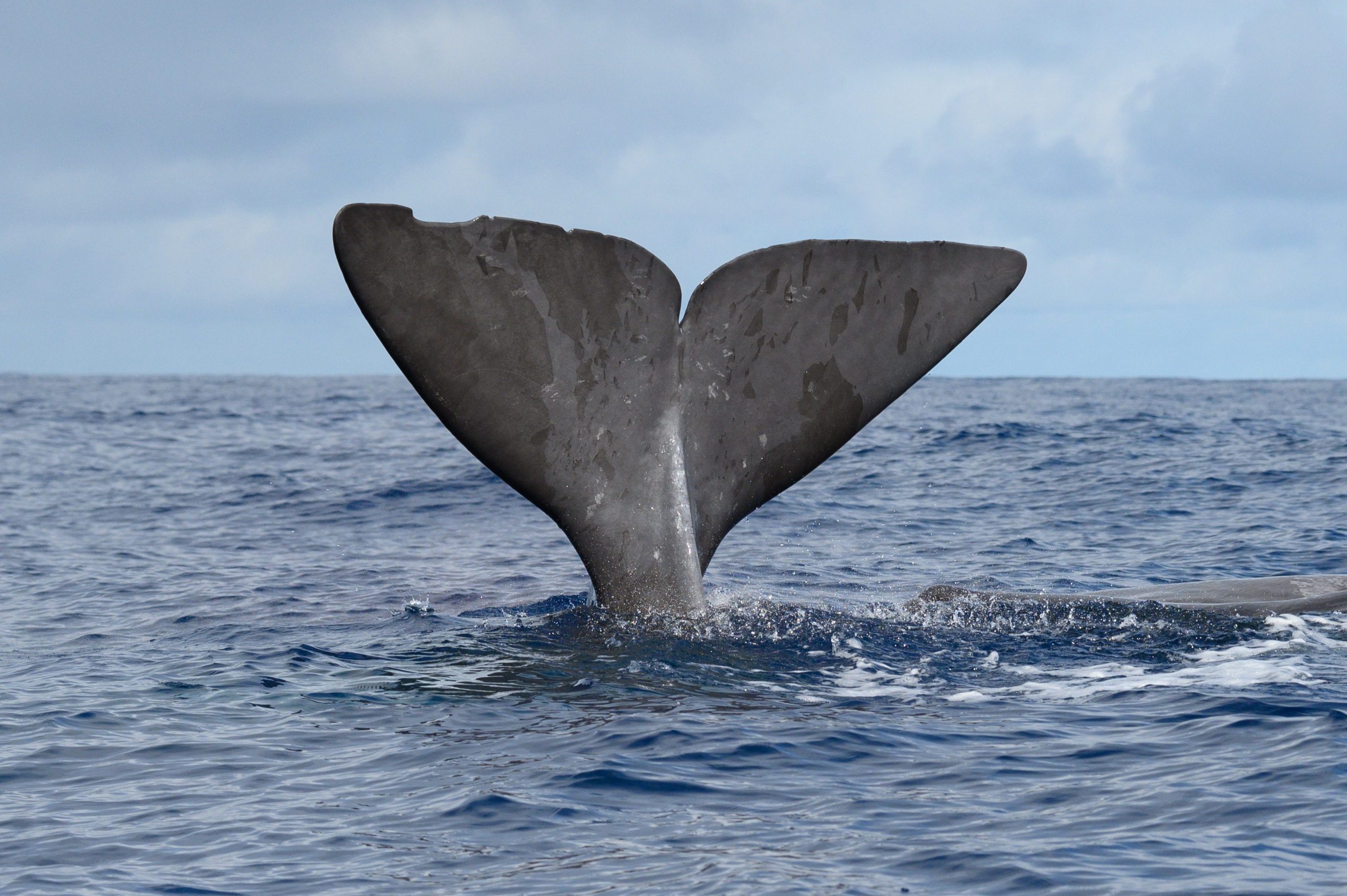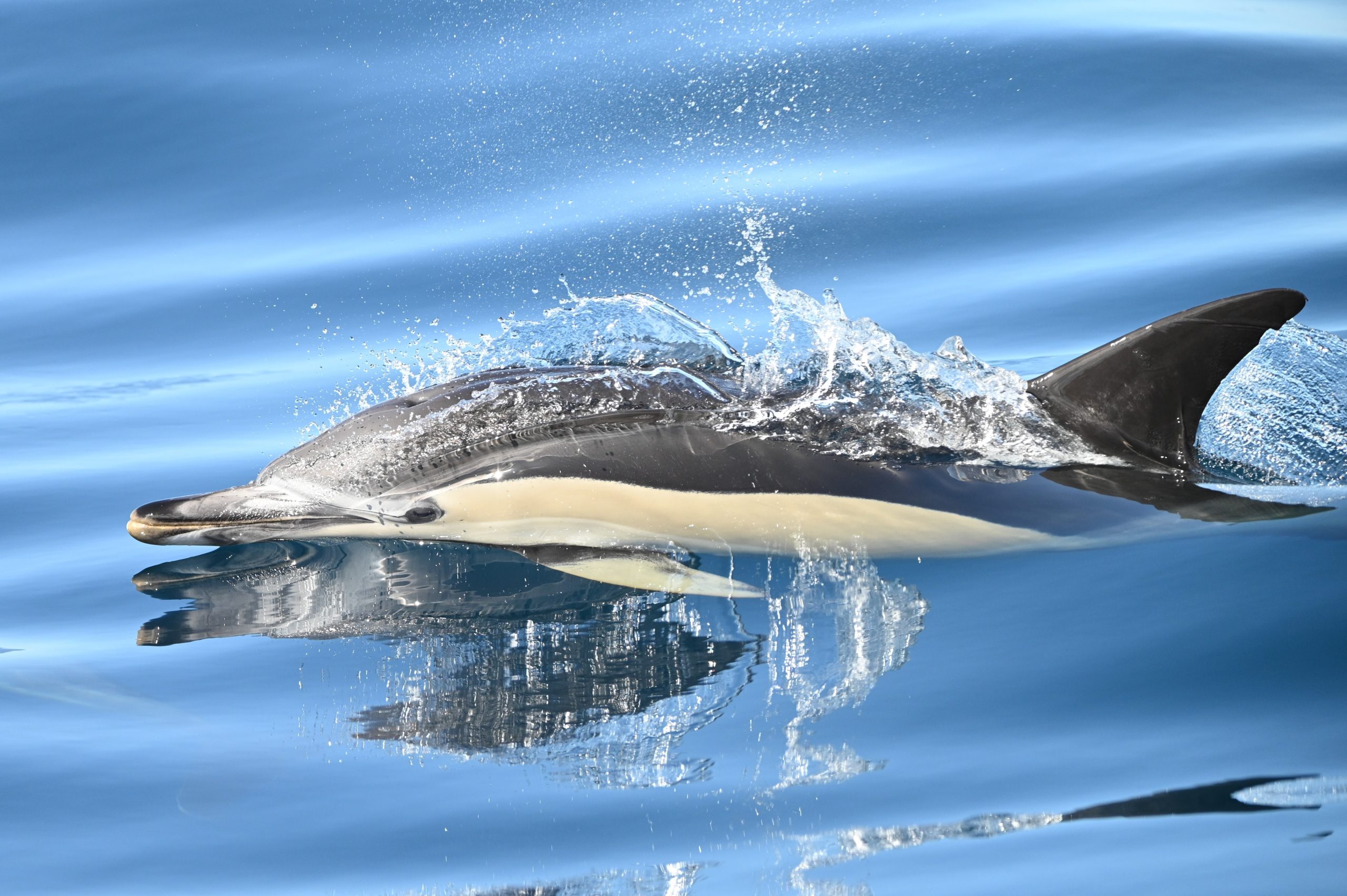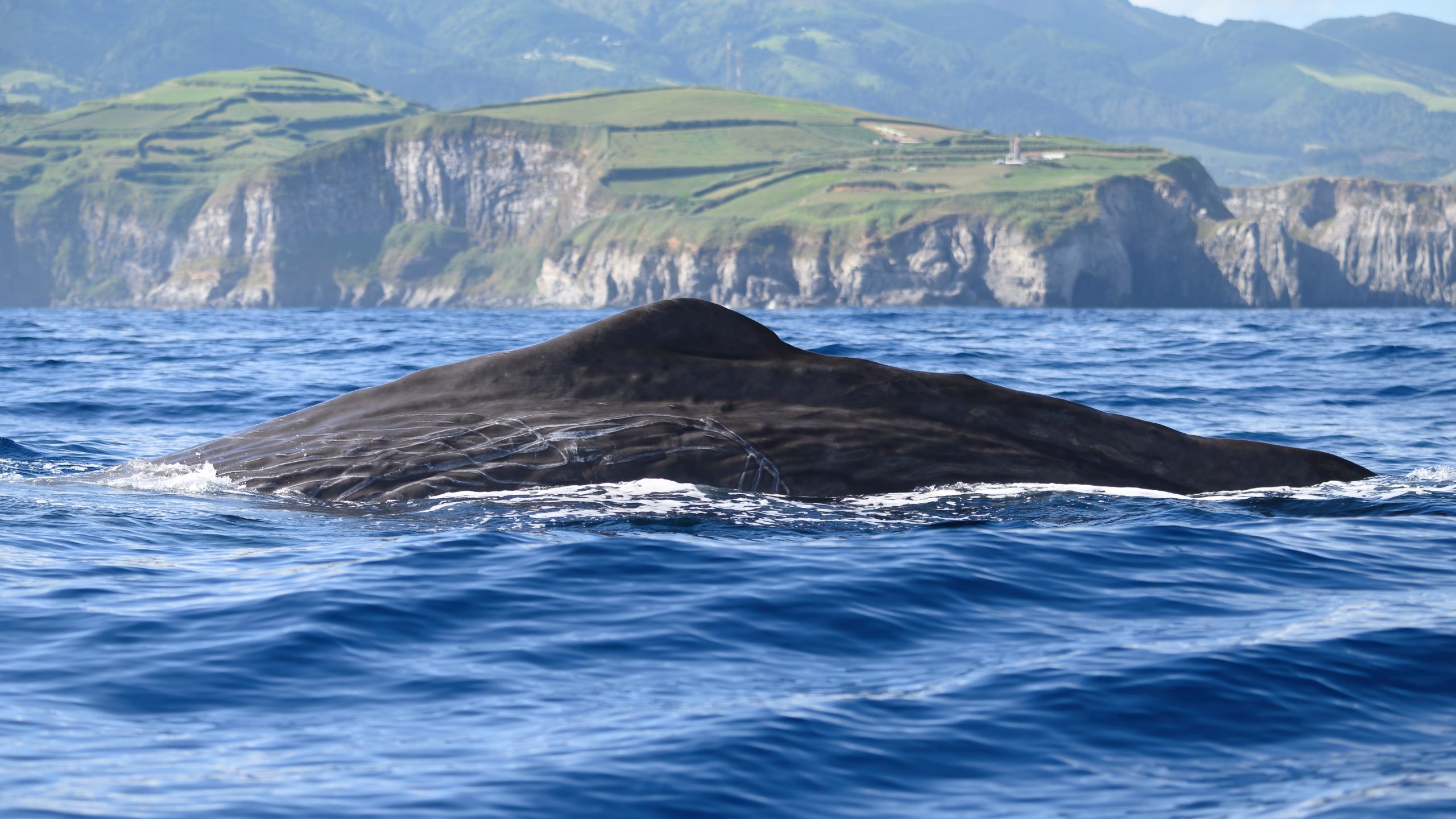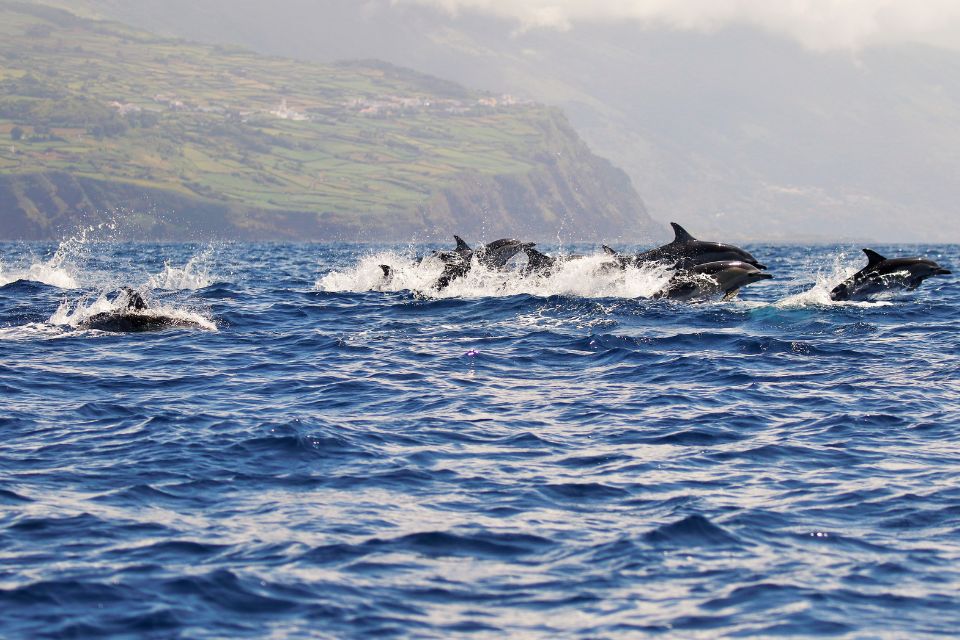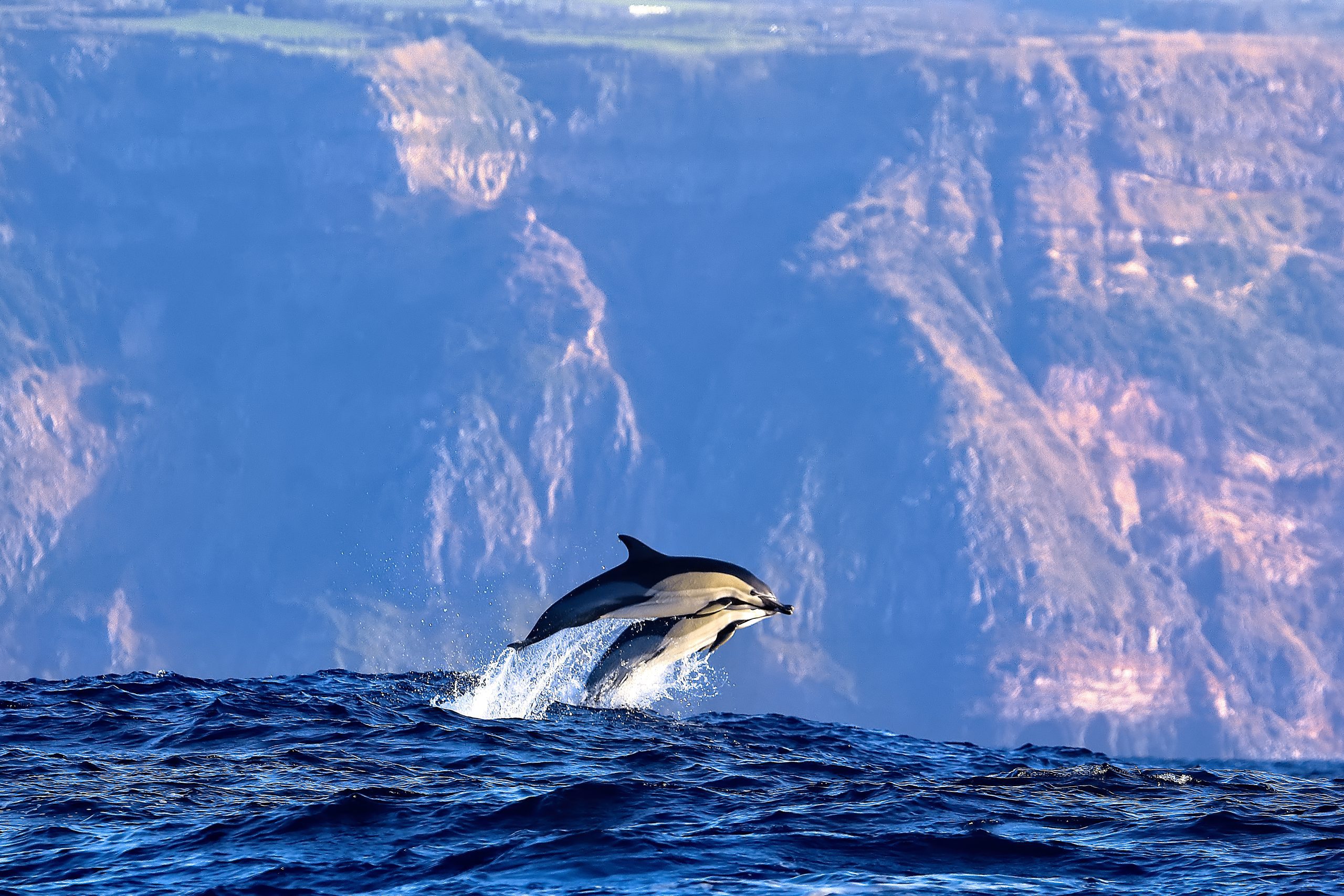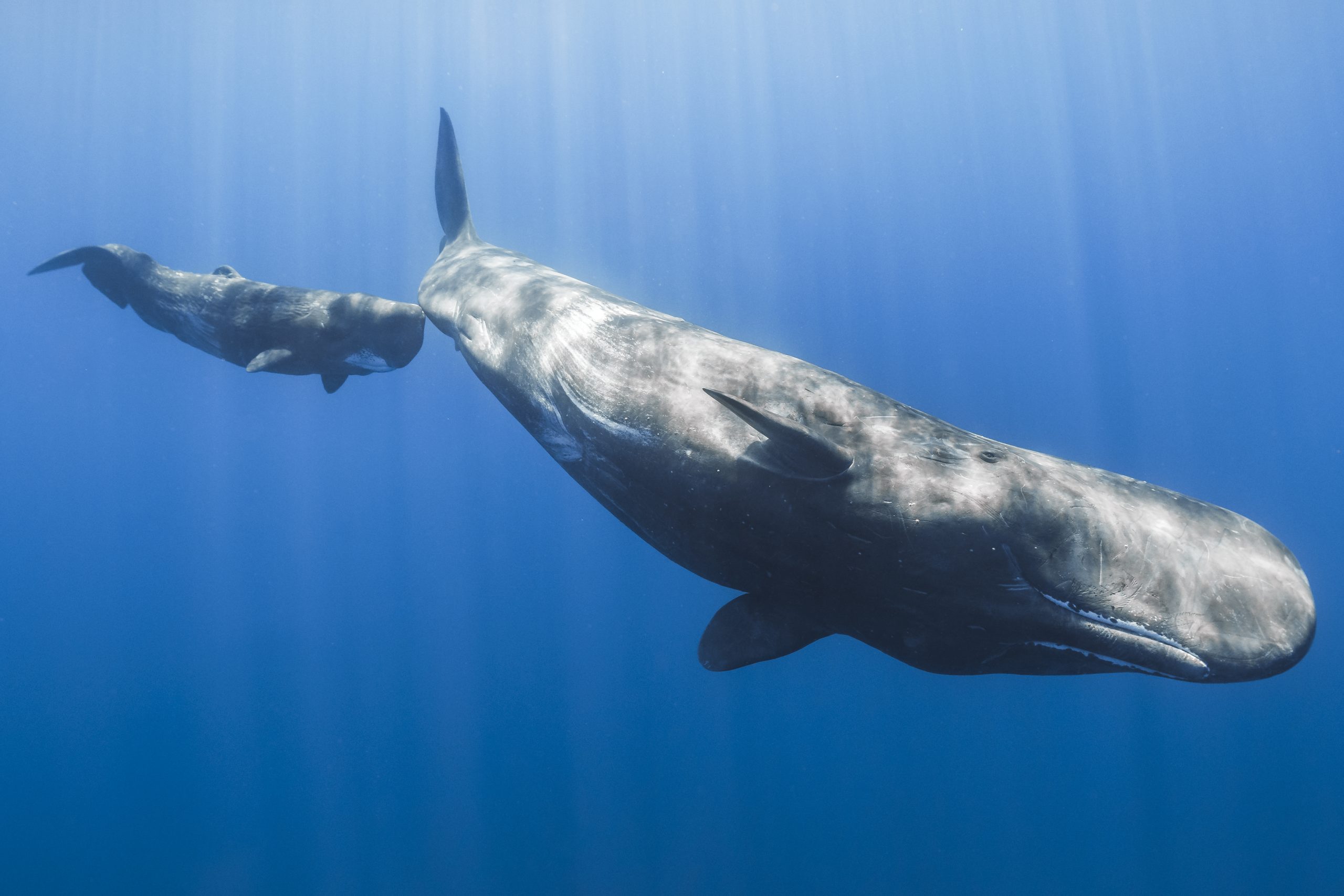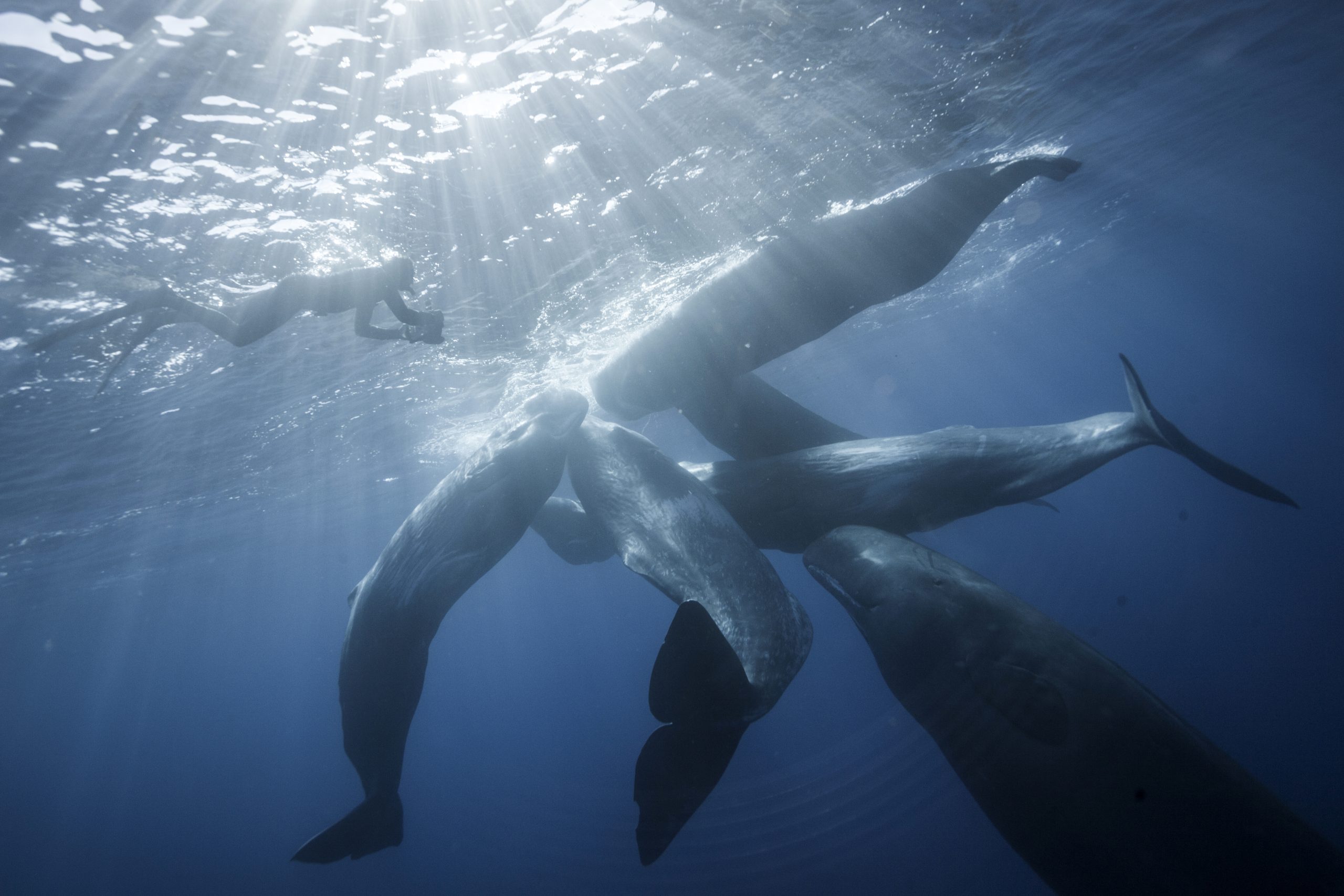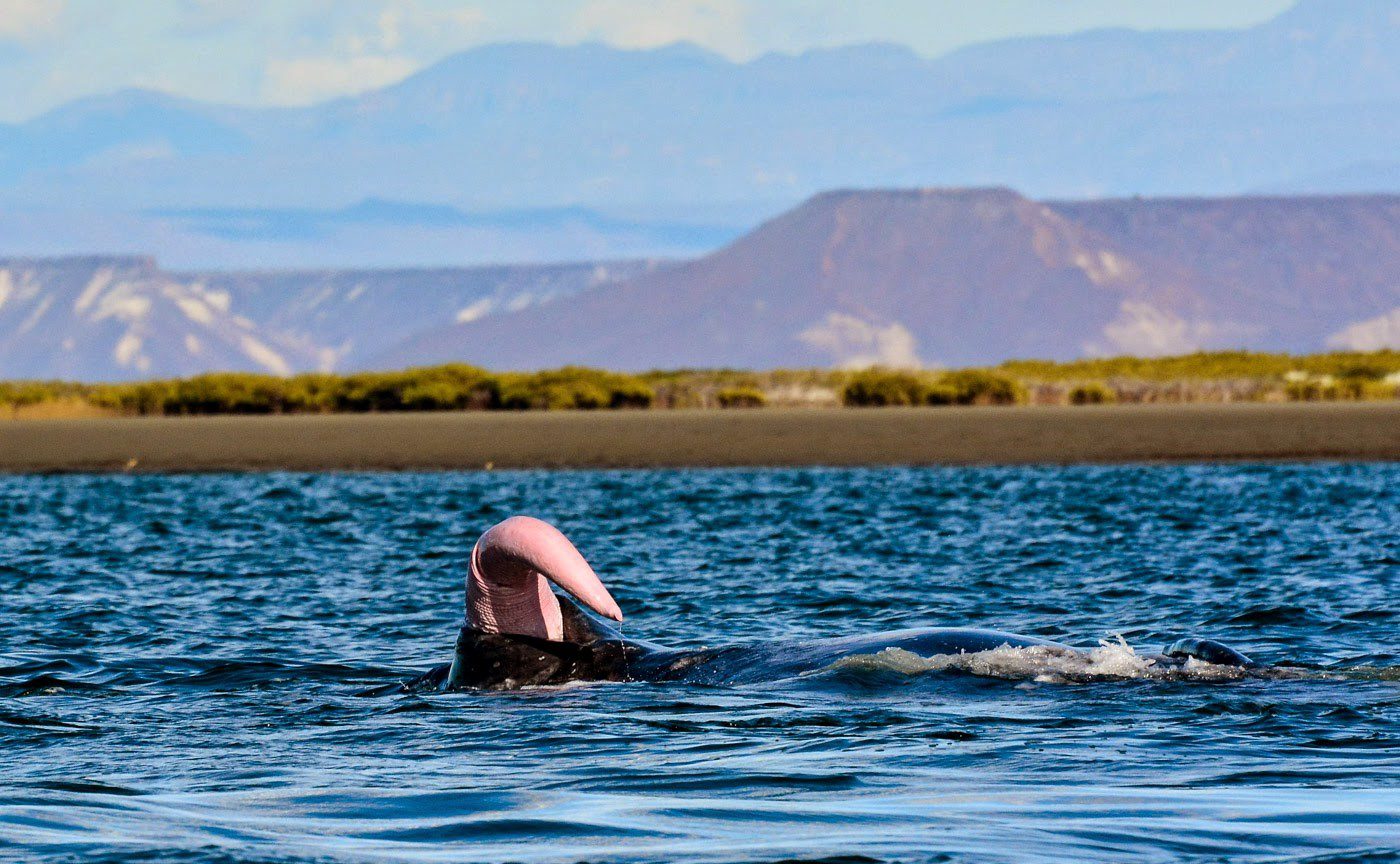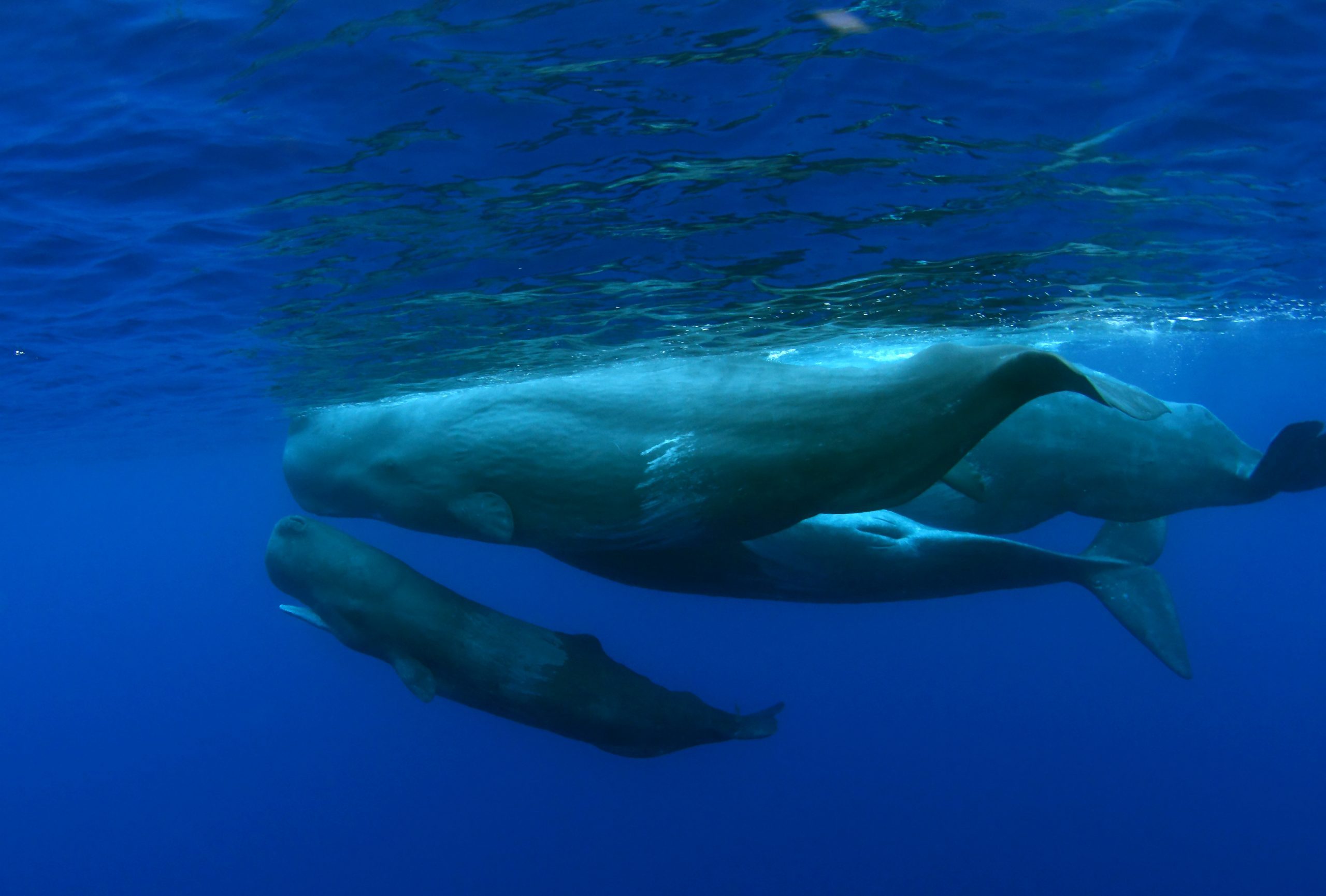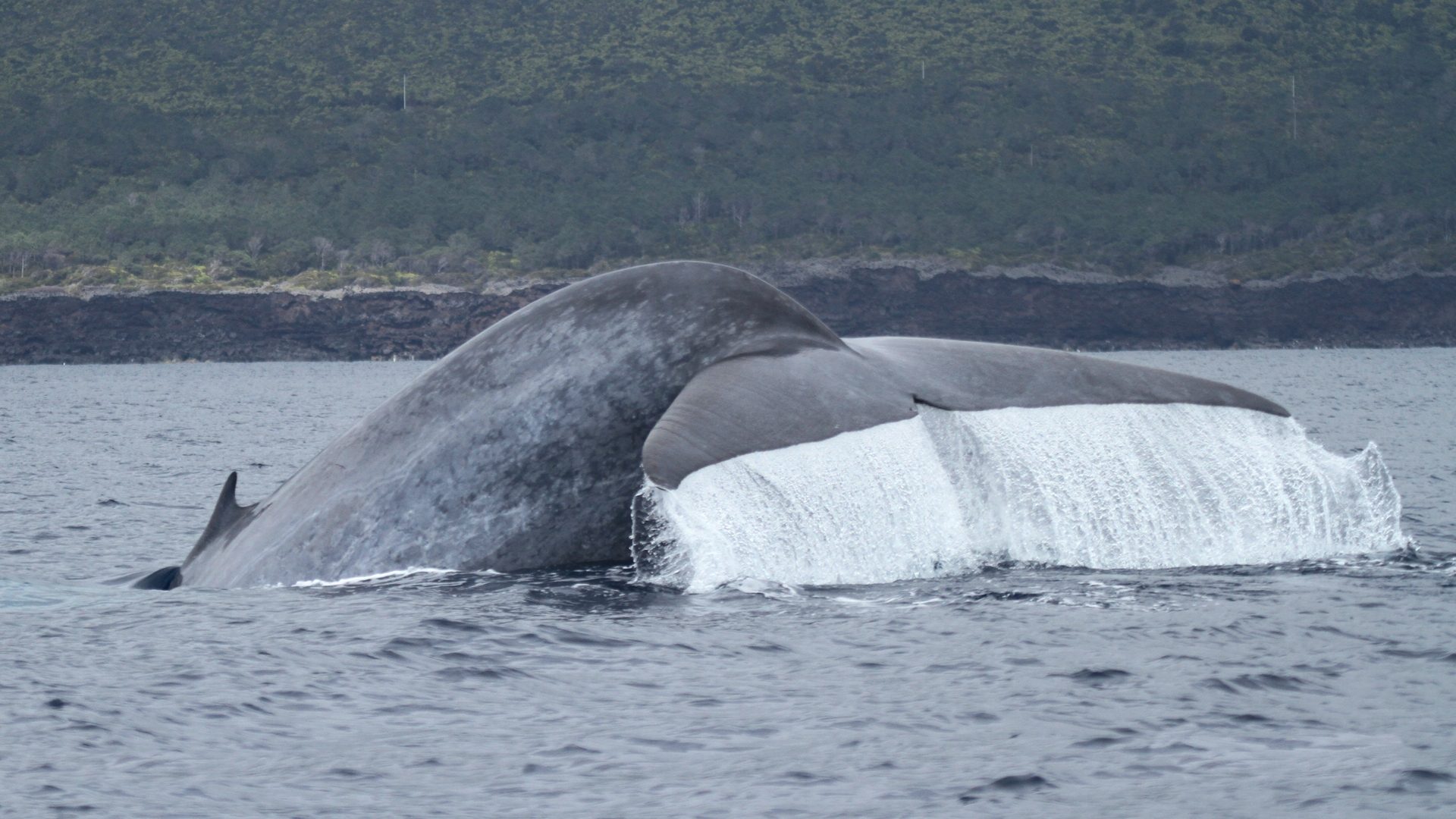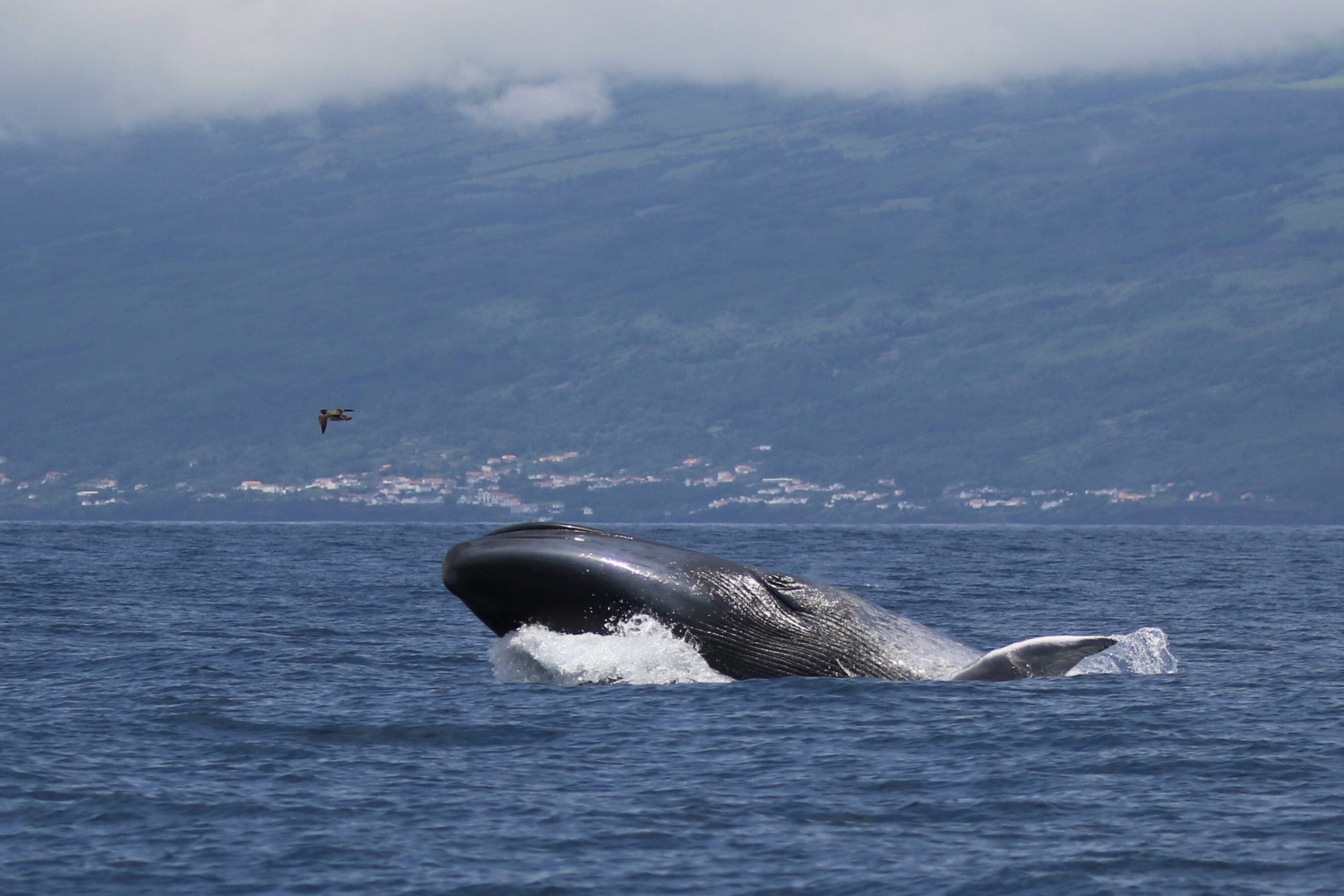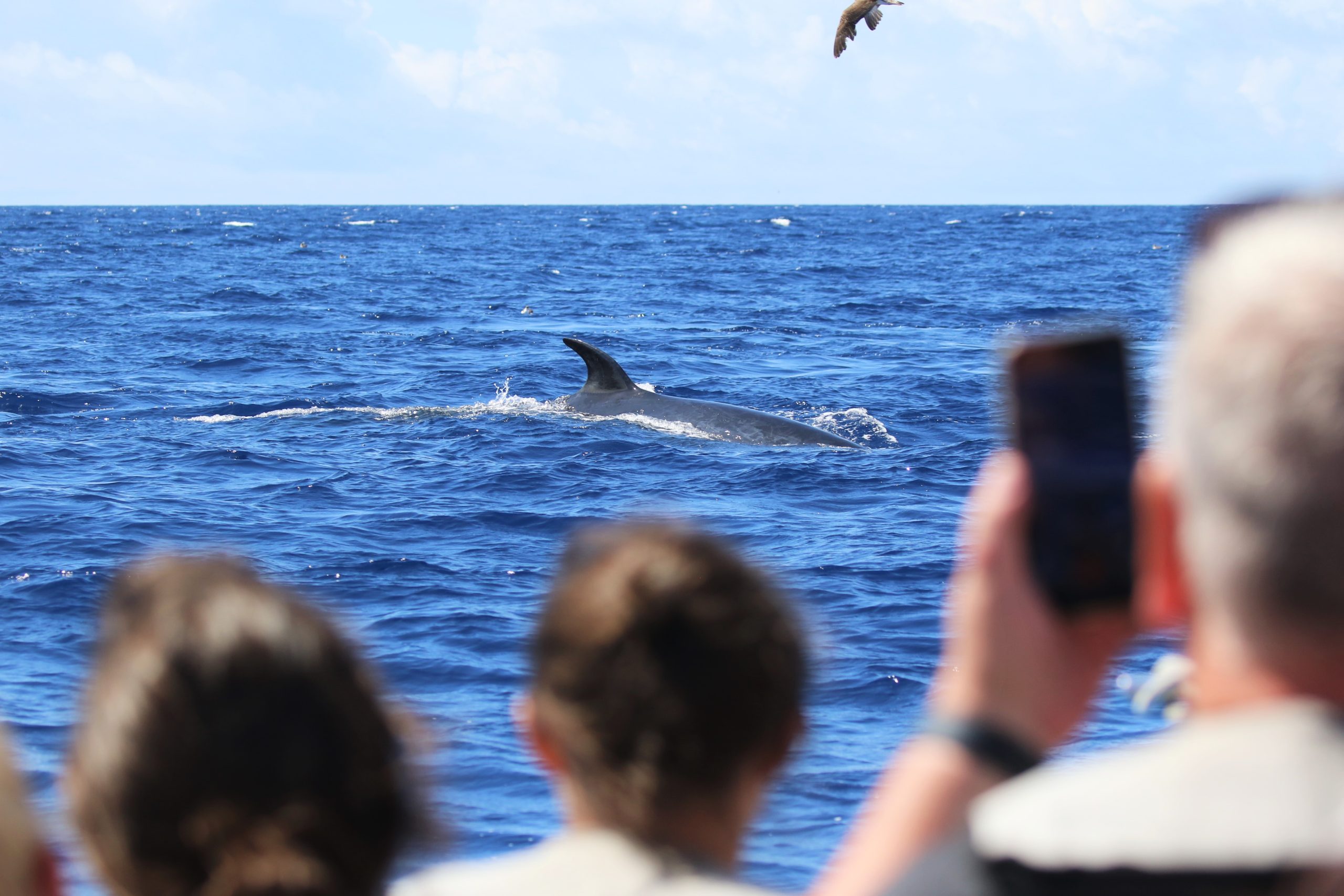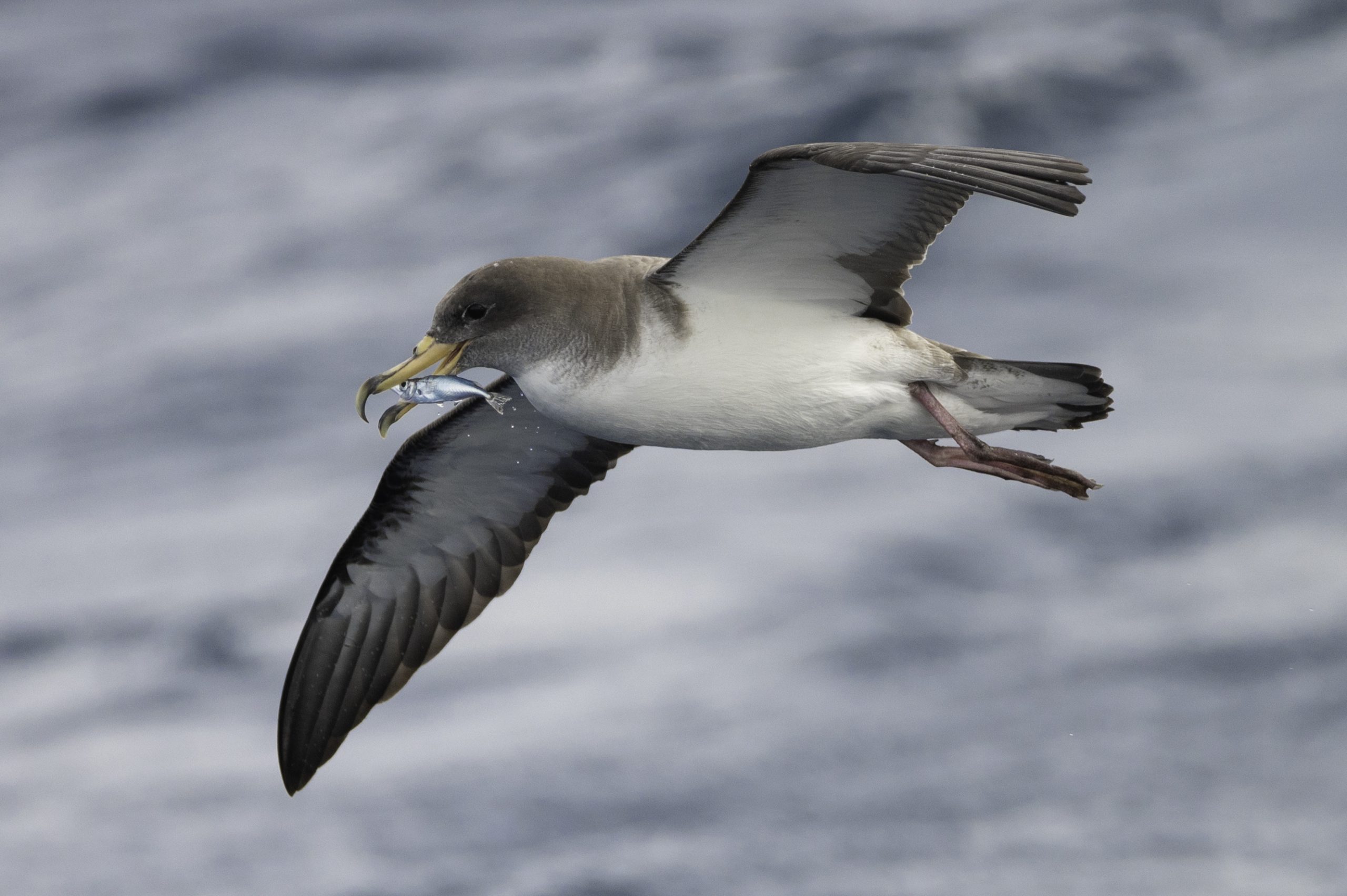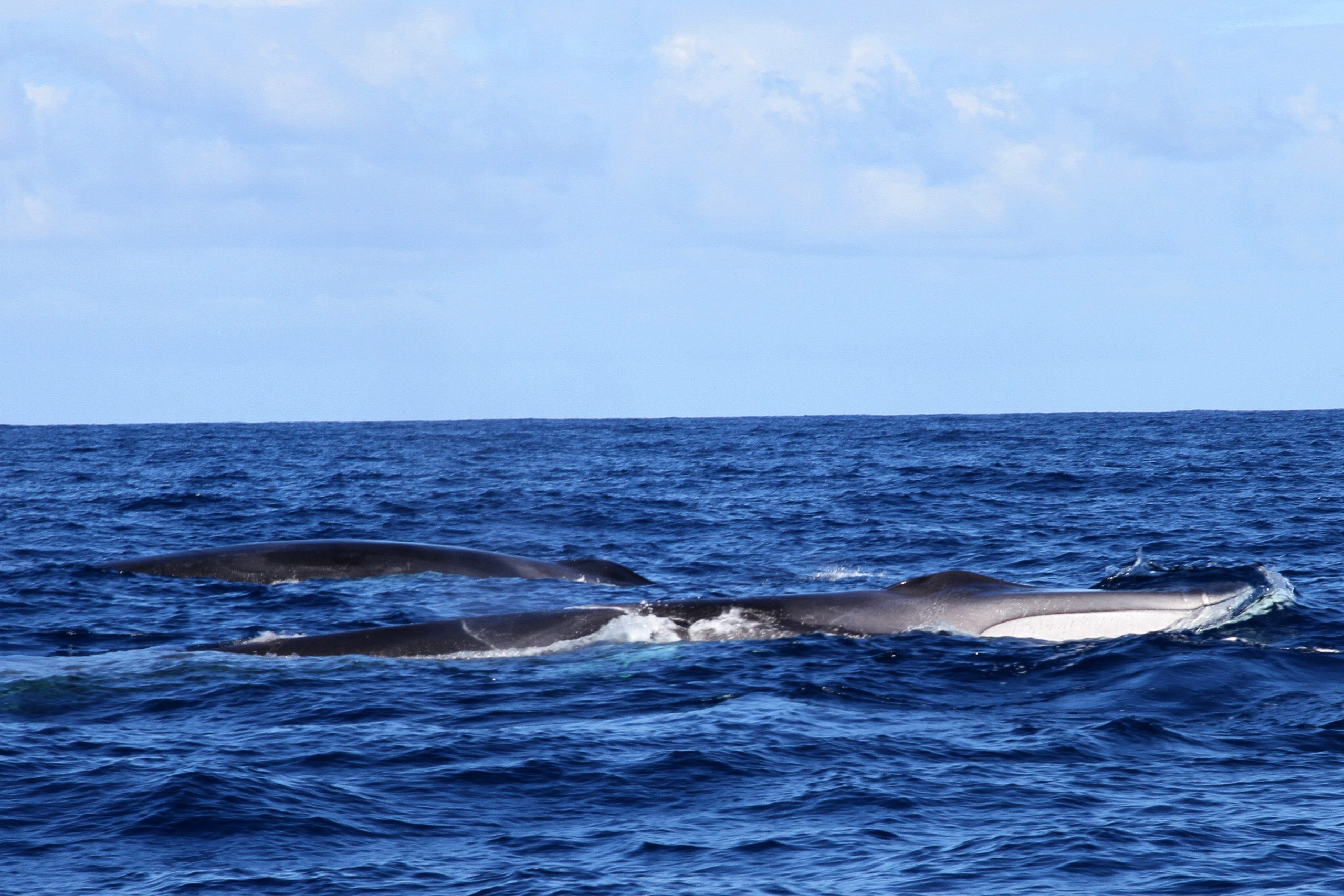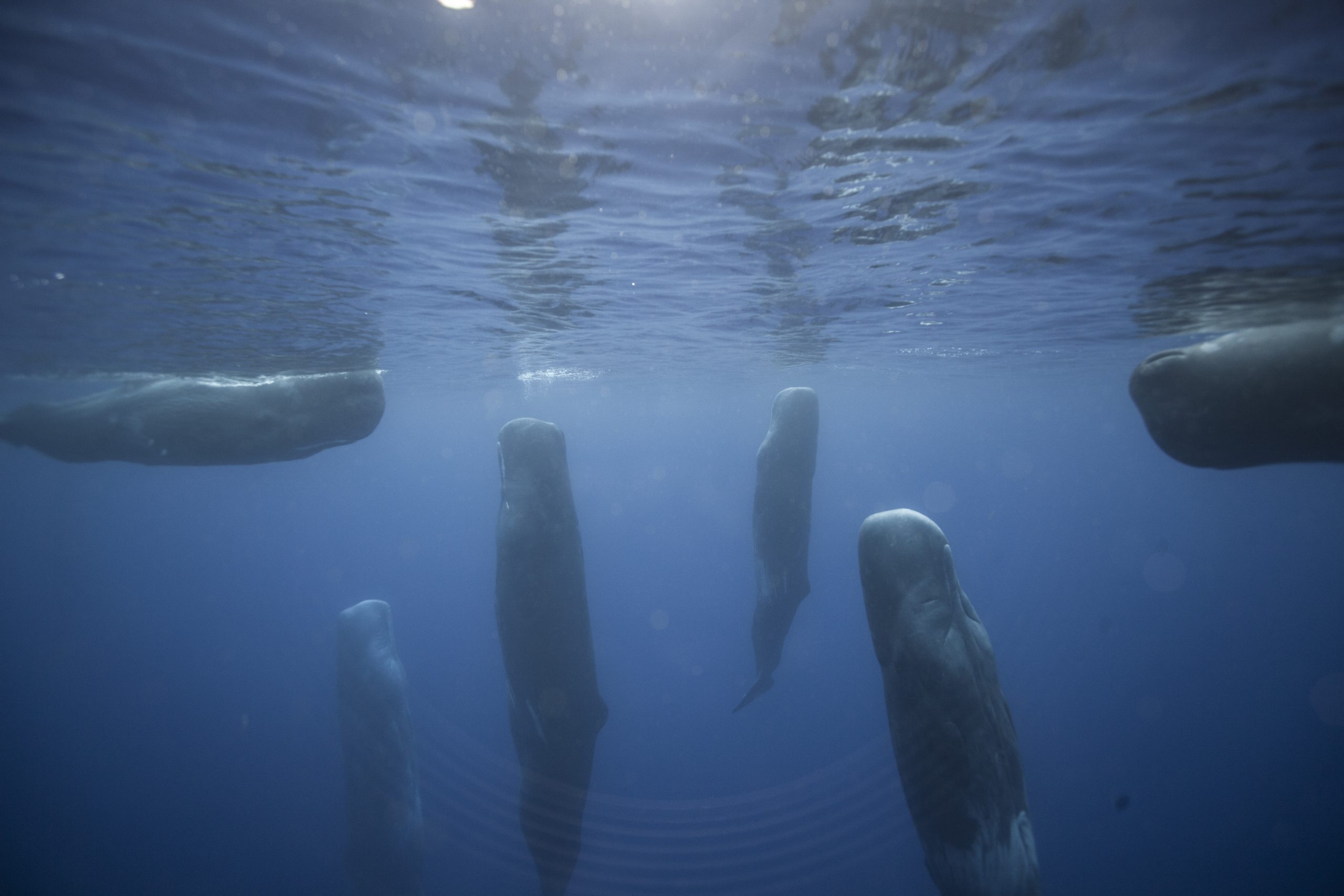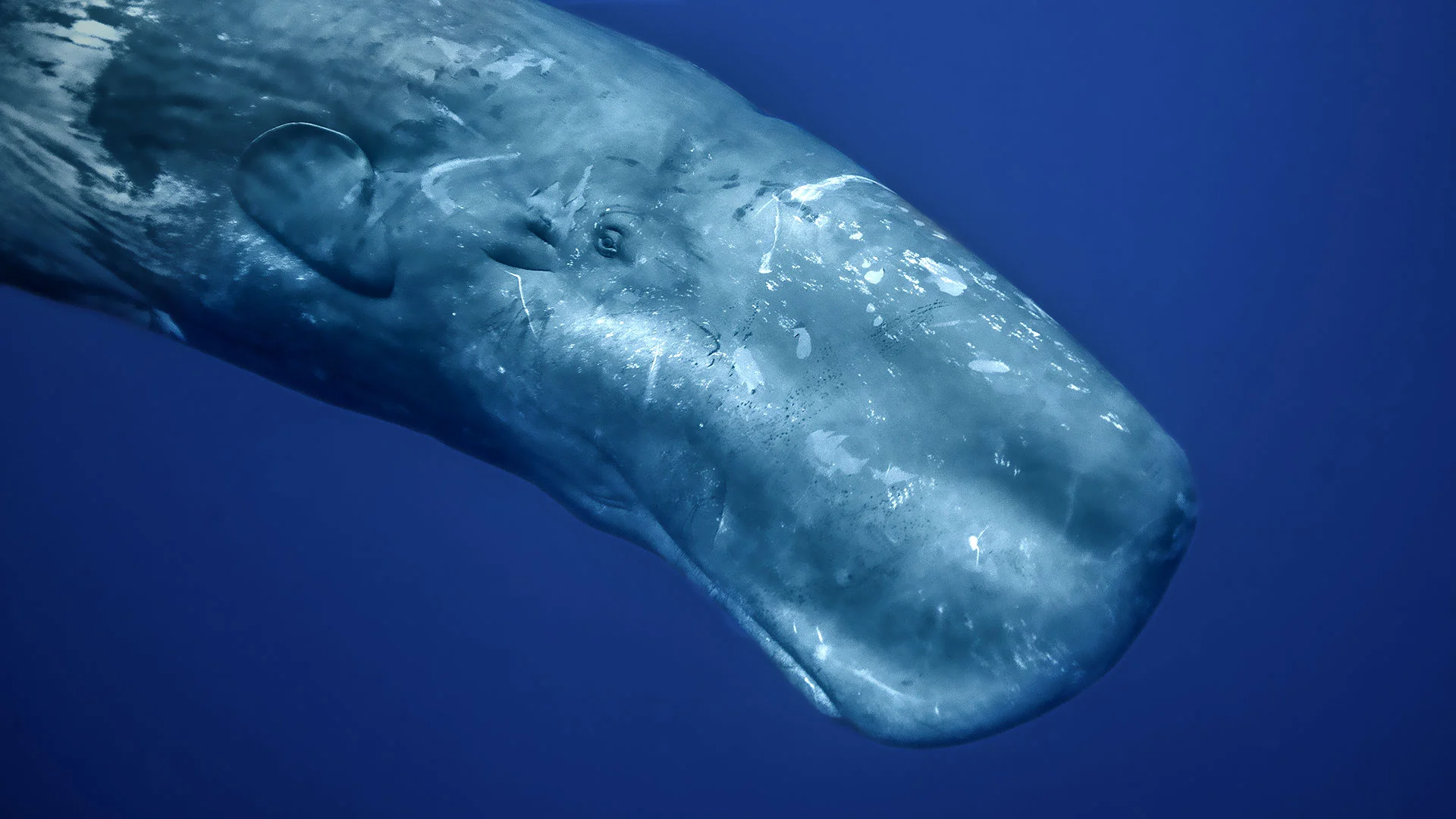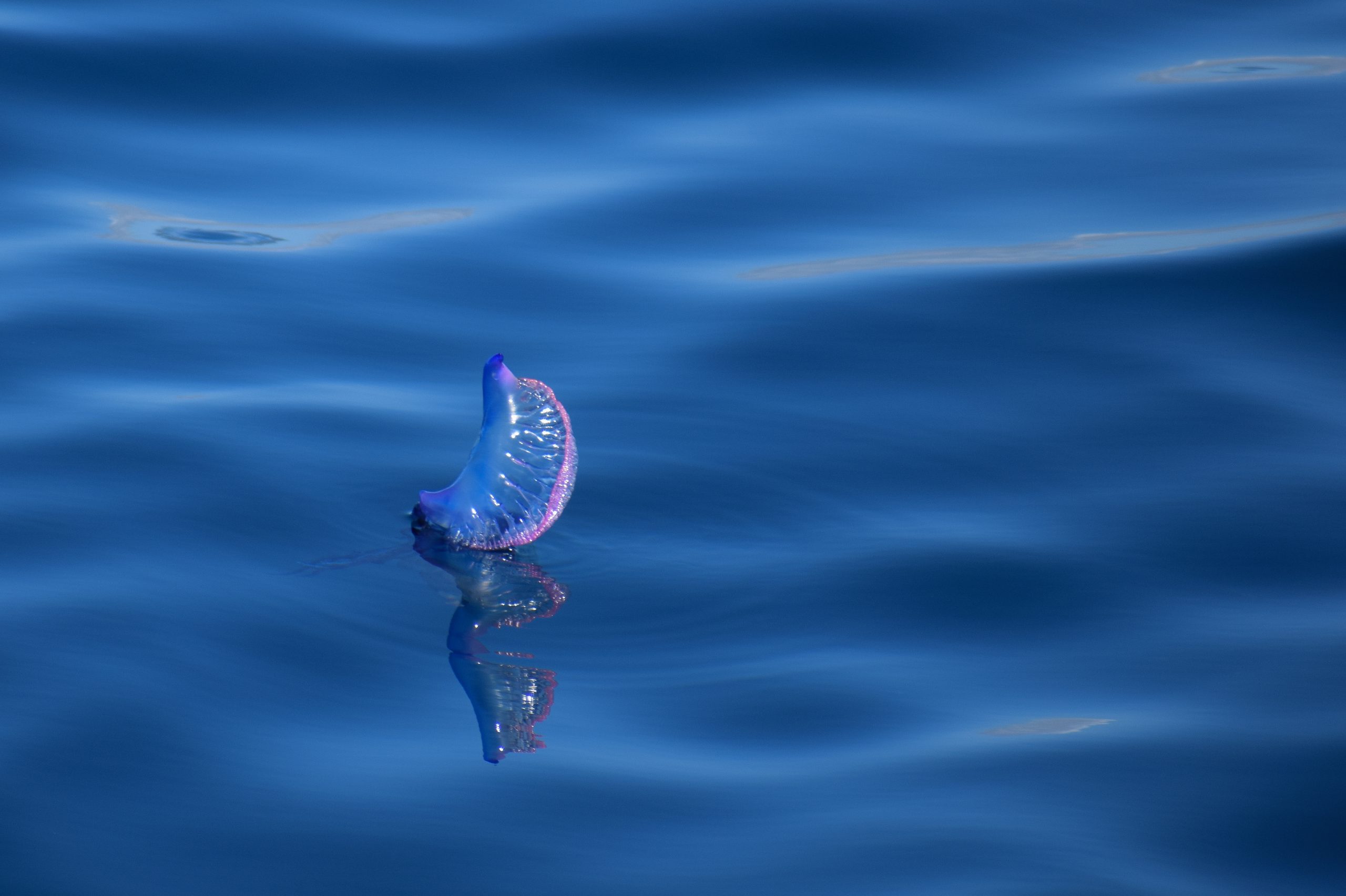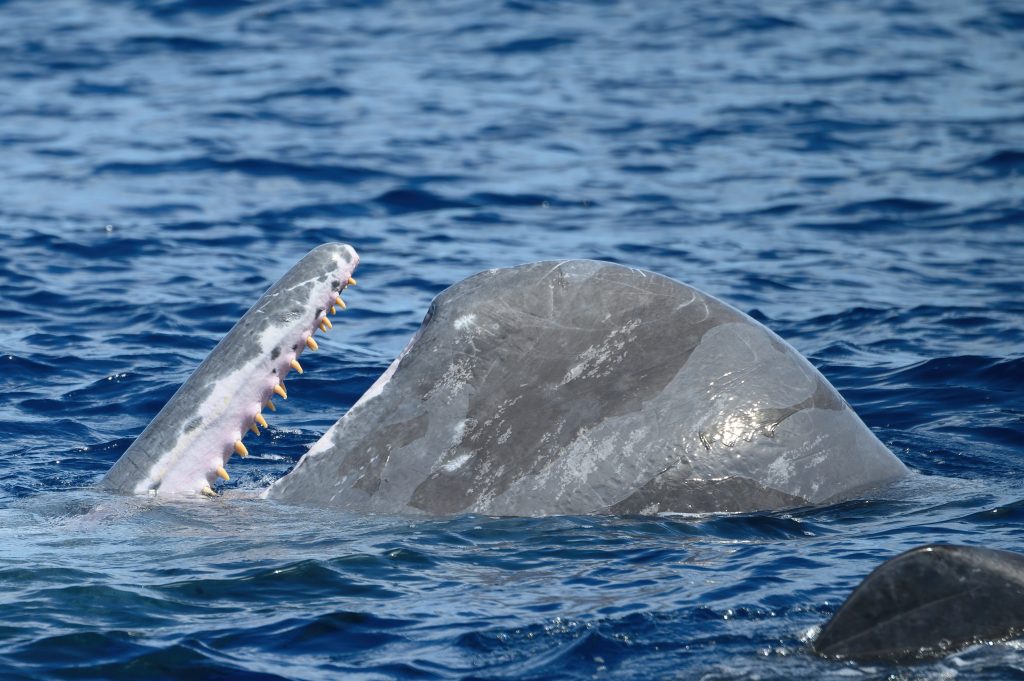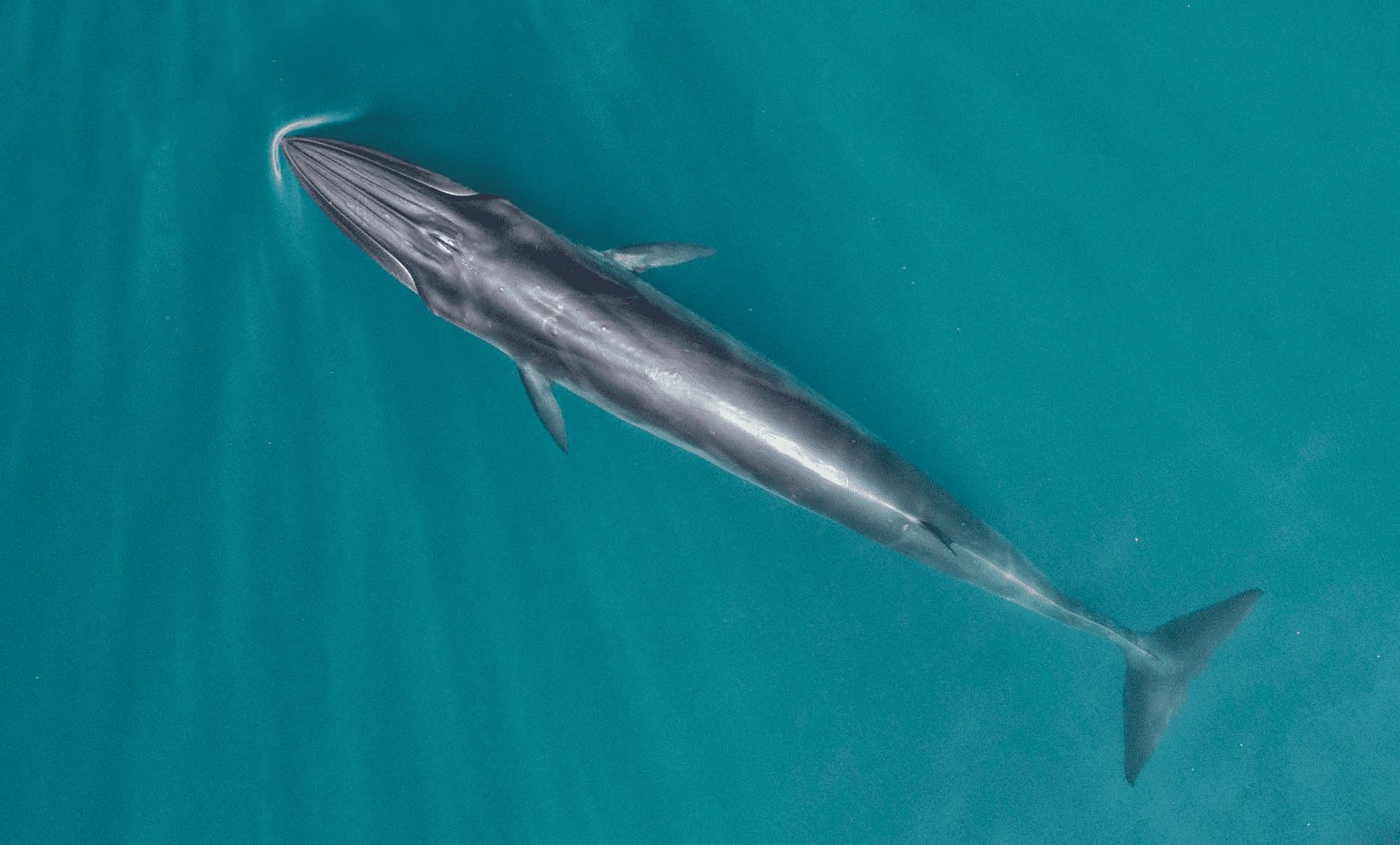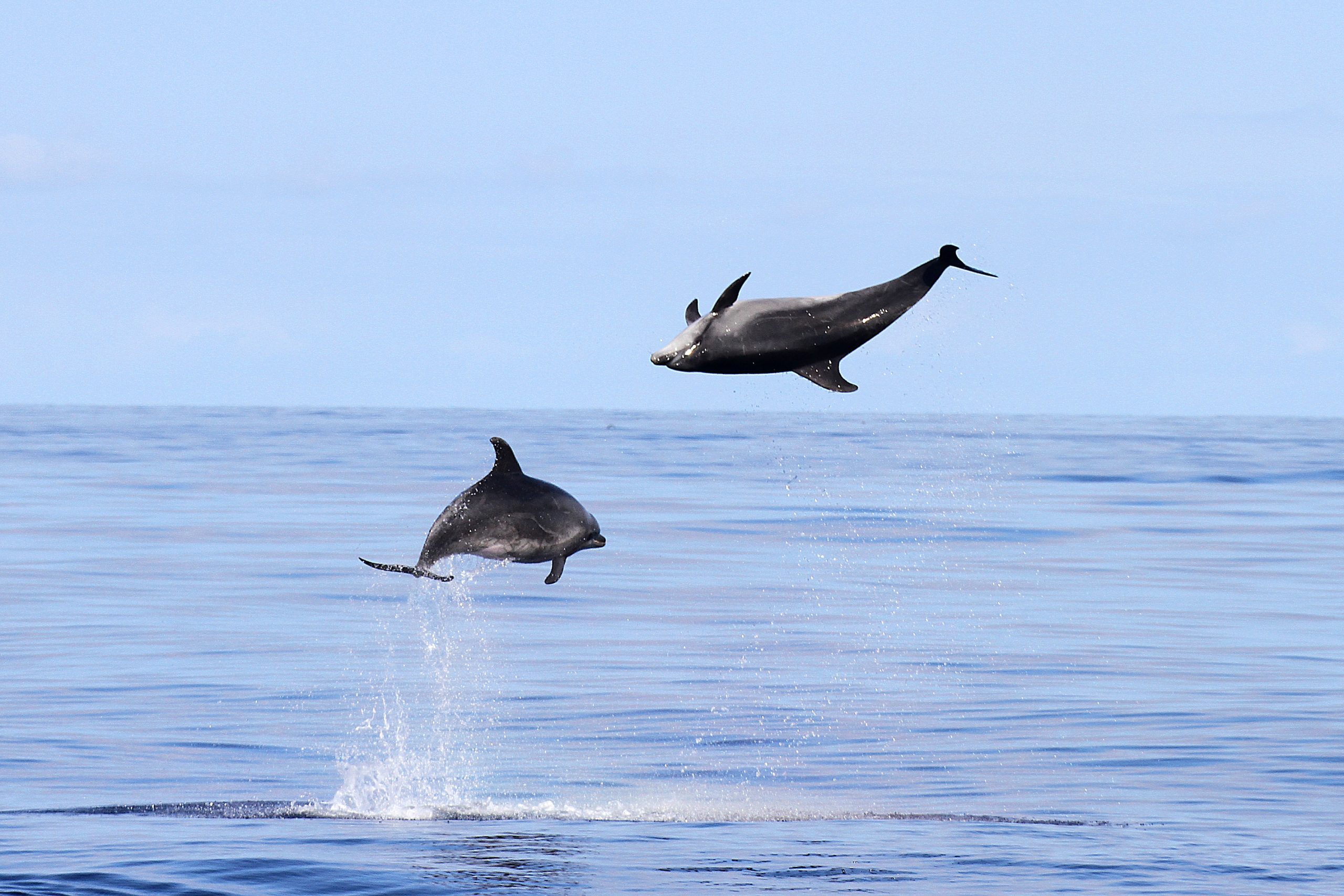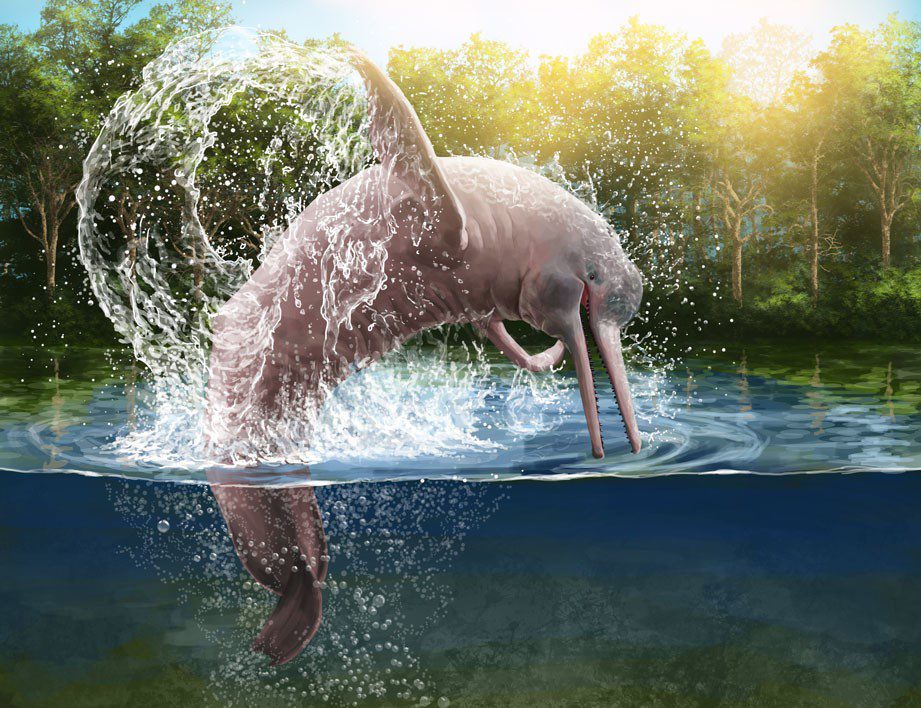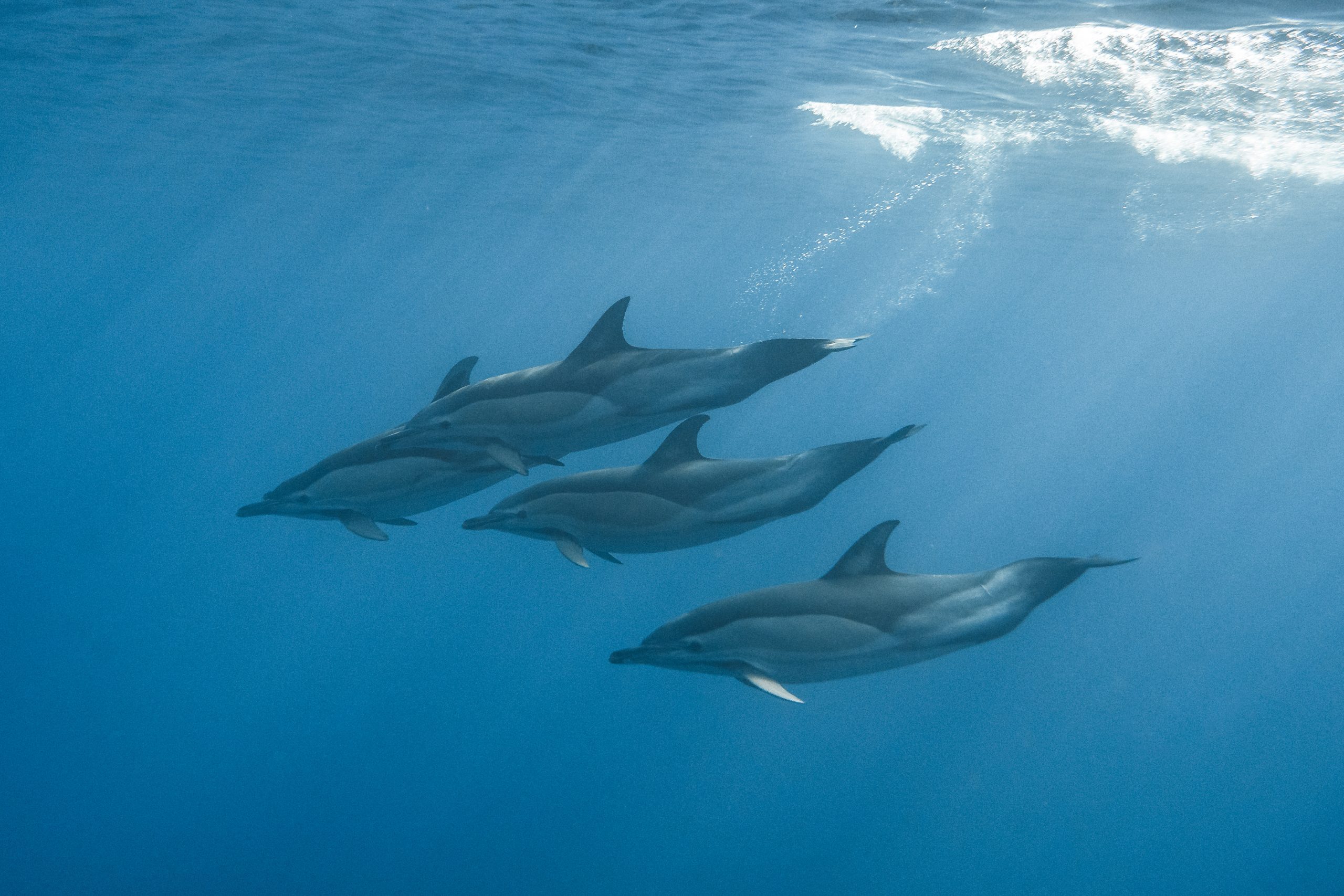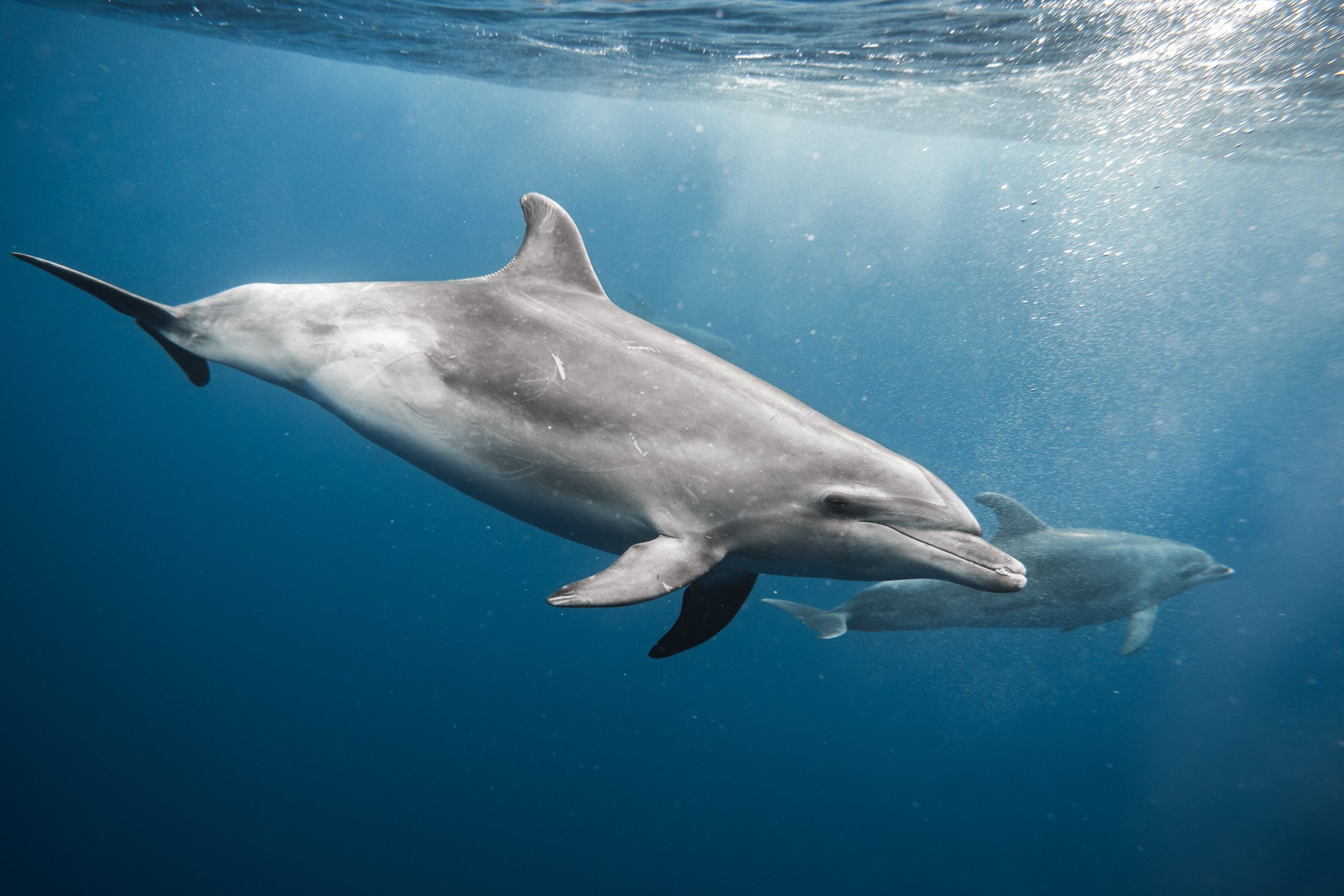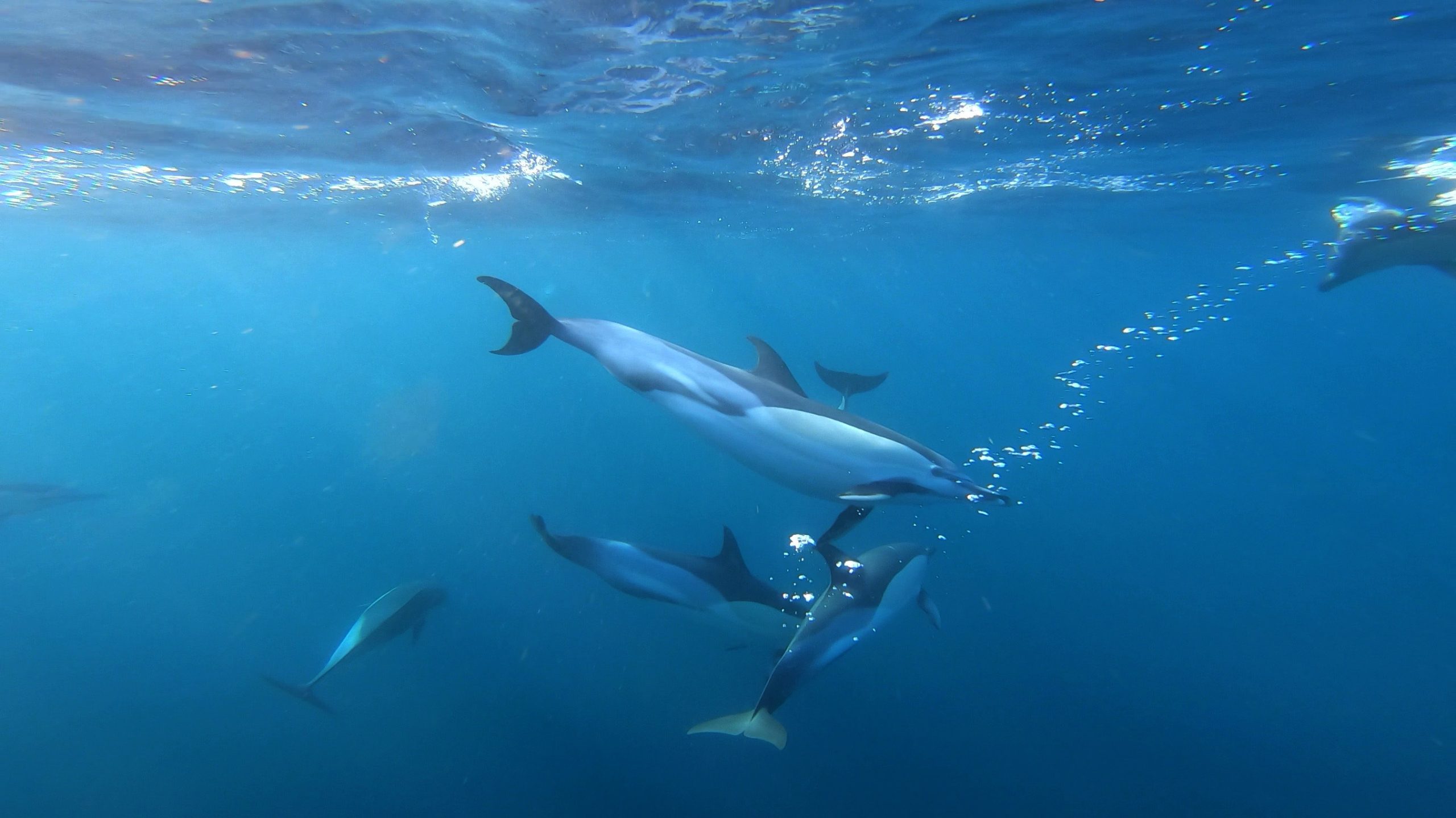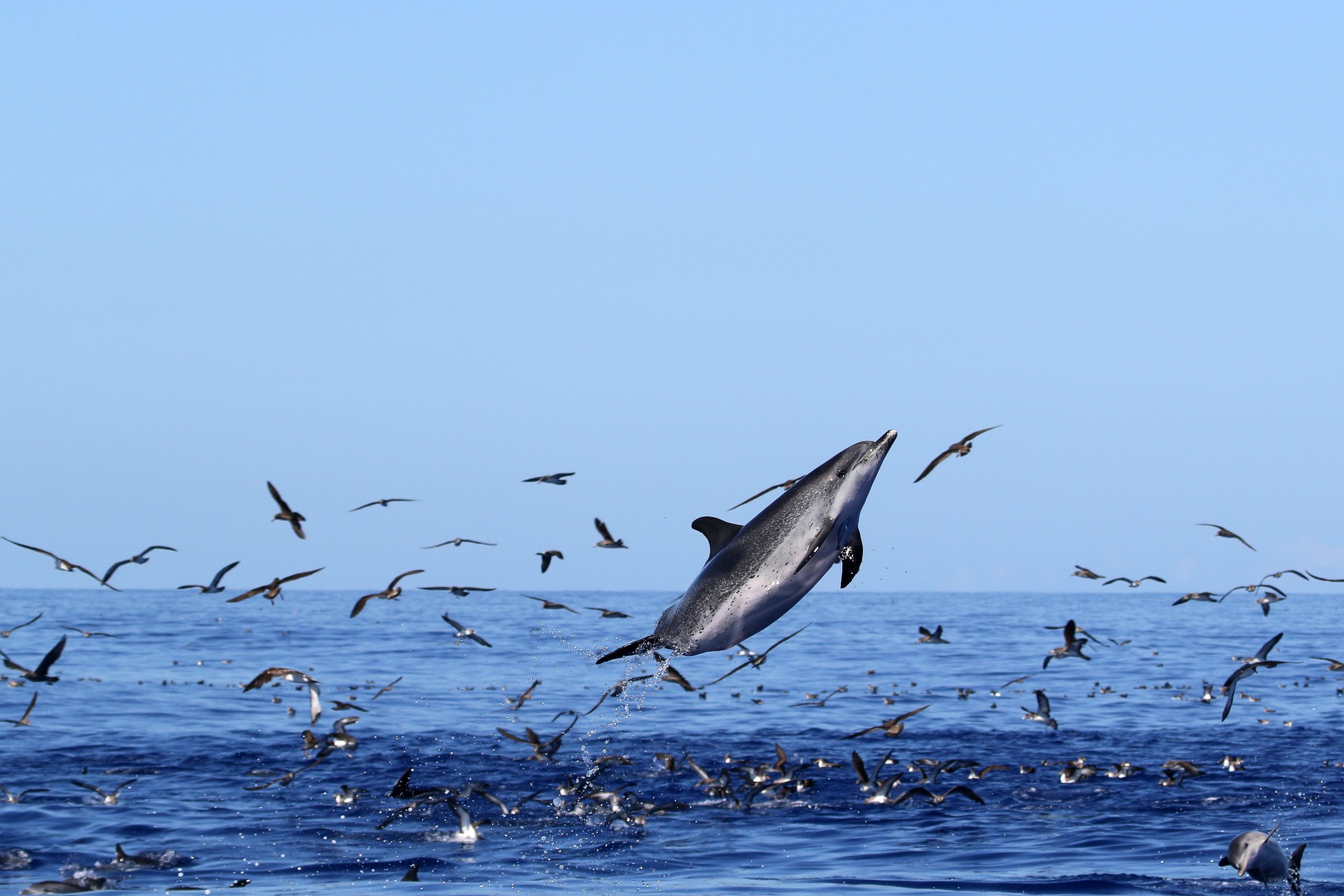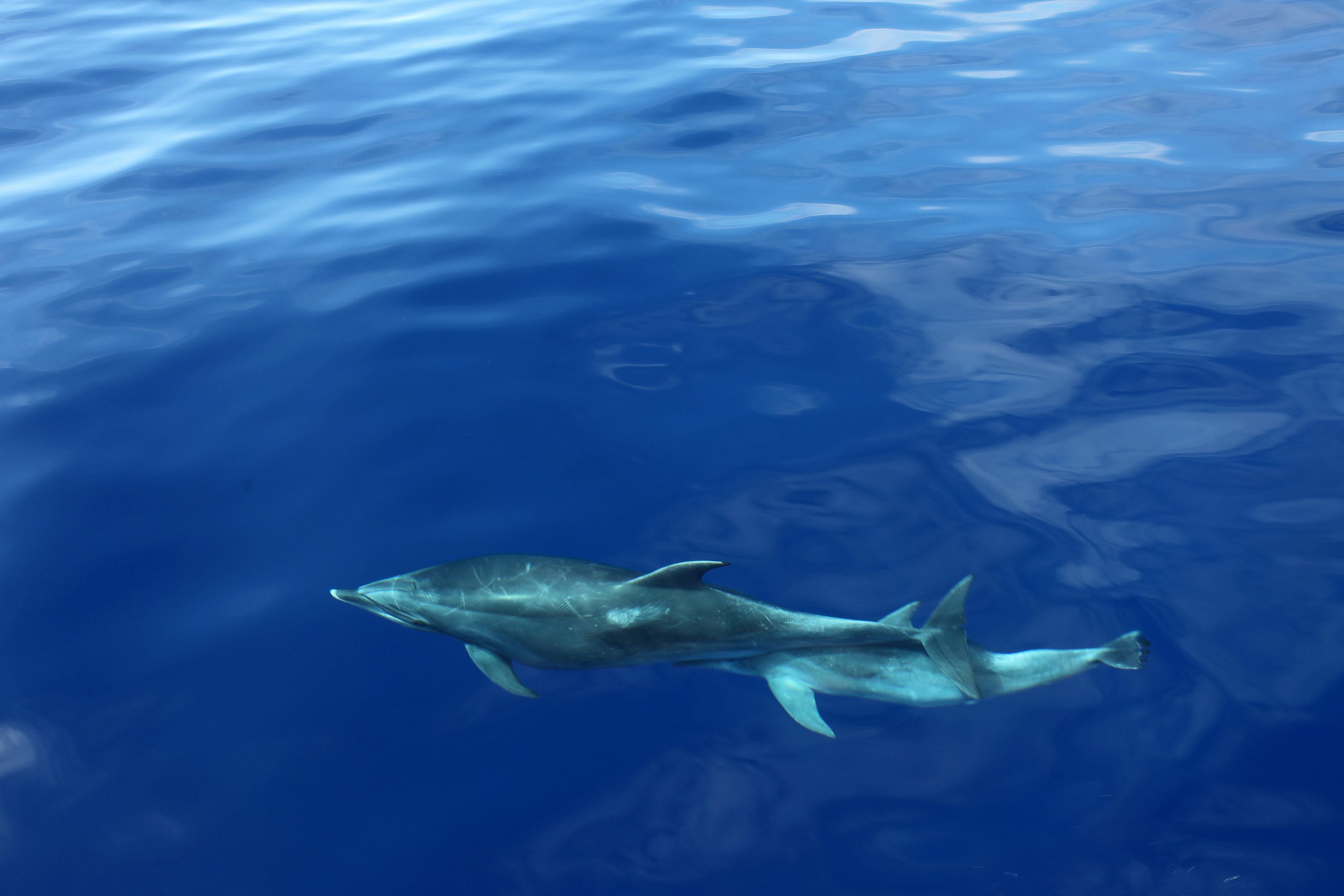If you are wondering what a group of dolphins is called, you’ve come to the right place! A group of dolphins is called a pod. This name is not exclusive to dolphins, whales, and porpoises; they are also called a pod. These cetaceans are sea mammals and are not fish, so these groups do not usually get the name school.
Although many older studies and articles refer to a group of dolphins as a school, this term is now outdated for cetaceans and is used less frequently. Dolphins are very social animals, and the interactions in these groups are very diverse. How do these social groups work, and what are the compositions of these pods? Find out in this article!
Social Group

A pod of dolphins generally contains 10–30 dolphins. However, this number varies from species to species and is not a golden standard. Dolphin pods are fluid, and the number of individuals in a group can change over the years. Some pods can even contain one hundred to several hundred dolphins.
Different kinds of groups form, such as a nursery pod. This is a pod that exists mainly of females with their young. These baby dolphins are called calves and will be cared for by the whole nursery pod. The baby dolphins form powerful bonds with their mothers and are almost inseparable. If they are male and reach maturity, they may leave the pod to find another group of females or even join other males.
Bachelor male groups are not uncommon. They usually consist of one to three males, but they can grow bigger. A pod of these mature males can start to dissolve as they age, although some form such a strong bond that the pod only parts when one of them dies.
The most common pods of dolphins are still the aggregations of males, females, and their calves. These group structures, however, can fluctuate, and the dolphin pod can join up with other pods or split throughout its existence. Every species of dolphin has its own way of living, which results in a wide variety of social groups, and no pod of dolphins is the same!
Superpod
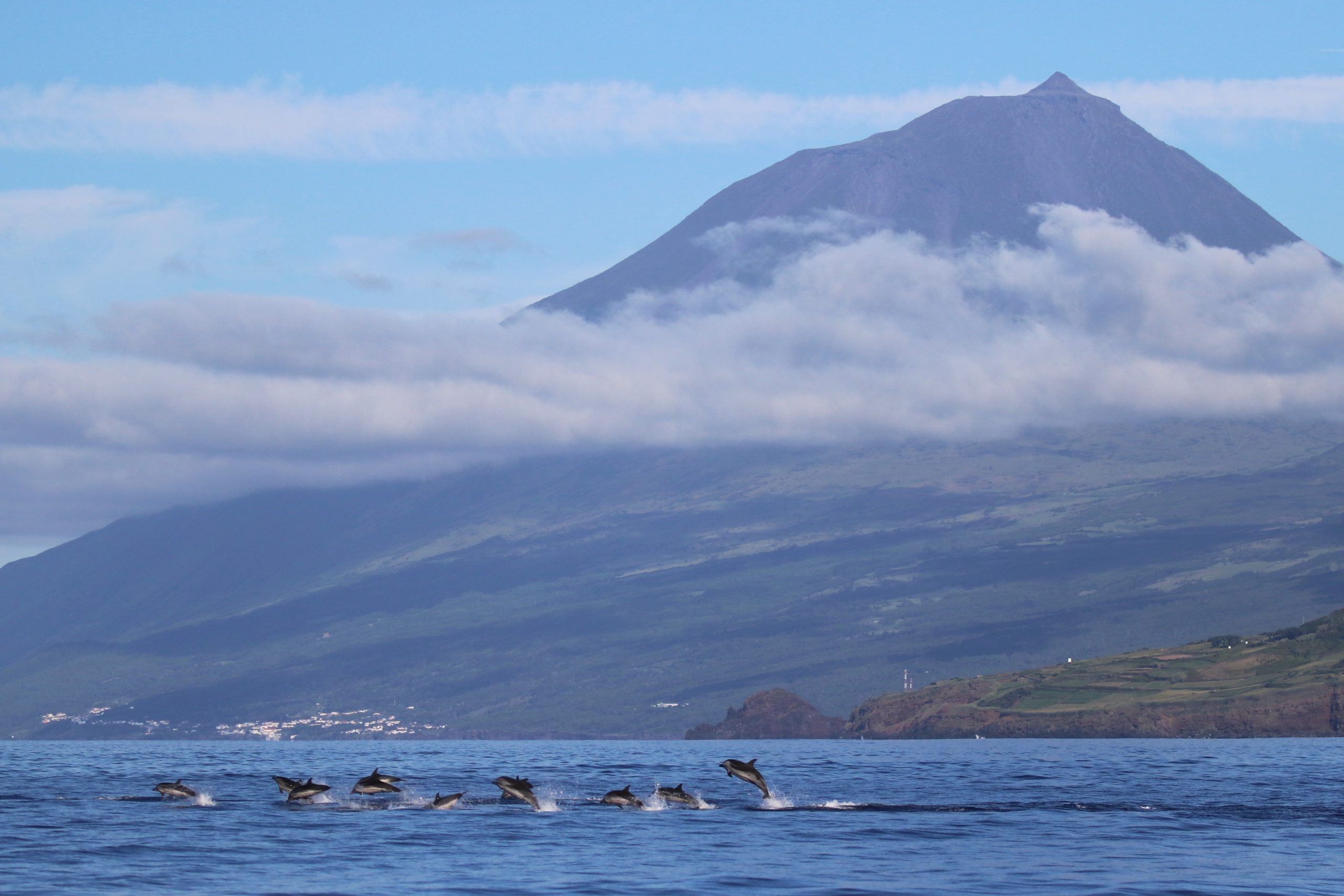
Different pods of dolphins can join up together to form a superpod.
These superpods can become so large that it consists of more than 3000 animals!
These superpods form around areas where food is abundant, and the ocean is deep and open. The cetaceans enjoy the large meals and new social interactions with these unfamiliar dolphin pods.
Social Behavior

Dolphins stay together in pods for several reasons. Social interaction is essential for these animals as they gain multiple advantages through this. Complex social bonds form between these beautiful animals; however, these bonds can be compared to human bonds, but are still not fully understood.
Feeding groups are a prime example of a behavioral advantage. Because these dolphins constitute these pods, they can hunt together and have a better chance of getting a good meal. They make use of different hunting techniques, such as bubble netting and hitting the fish with their tail.
Pods also form to mate and create the next generation. Dolphins do not only mate to reproduce but also for fun, just like humans and certain primates such as bonobos.
A large pod has a bigger advantage against attacks from predators. In groups, they can defend themselves better, and it is harder to single out an individual as an easy target. Calves have a better chance of growing up because of the protection of their pod, as they are usually an easy target. Single males are sometimes seen, which makes them an easier target. These males may still join a pod or be in search of a new one.
Orcas, or killer whales, have a very tight family bond. They stay together for almost their whole lives to hunt, socialize, and even mate.
Pods in the Azores

Here in the Azores, we have some returning pods of dolphins. We can see these animals all year round, which means they are resident species. The Azores have four resident species: common dolphins, bottlenose dolphins, Risso’s dolphins, and sperm whales. Within our resident species, we can recognize some individuals and pods through photo-identification!
Photo-identification is a good way to connect some dots. We photograph the dolphins and compare their characteristics, but most importantly, we compare the dorsal fin. These dorsal fins are just like our fingerprints and are unique for every dolphin.
Most of these pods can be seen with the same individuals for multiple years.

For example, there is a group of bottlenose dolphins that is very recognizable because of two very special dolphins. One has a triangular dorsal fin and is called Egyptian, the other doesn’t have a dorsal fin and is called Submarine. Egyptian and Submarine are inseparable and have been seen together for years!
These bottlenose dolphins are just one of the many examples of tight social structures, and there are similar examples among different individuals in various species.
Conclusion
As you can see, dolphins have very special bonds and interactions within these pods. They are very social and have evolved to work better in groups. Remember a group of dolphins is called a pod and these dolphins are very smart and form tight relationships!
References
- Bekoff, M., Dudzinski, K. M., & Frohoff, T. (2010). Dolphin Mysteries: Unlocking the Secrets of Communication. Yale University Press.
- Carwardine, M. (2020). Handbook of whales, dolphins, and porpoises of the world. Princeton University Press.
- Cantor, M., & Whitehead, H. (2013). The interplay between social networks and culture: theoretically and among whales and dolphins. Philosophical Transactions of the Royal Society B: Biological Sciences, 368(1618), 20120340.
- Berta, A. (2015). Whales, dolphins & porpoises: A natural history and species guide.
- Dolphin societies: Discoveries and puzzles. (1998). University of California Press.
- Nat Geo WILD. (2016, November 1). A showy dolphin super-pod | destination WILD [Video]. YouTube.
- Wells, R. S., Scott, M. D., & Irvine, A. B. (1987). The social structure of free-ranging bottlenose dolphins. In Current mammalogy (pp. 247-305). Springer, Boston, MA.
- Tyack, P. (1986). Population biology, social behavior and communication in whales and dolphins. Trends in ecology & evolution, 1(6), 144-150.
- John Downer Productions. (2013, December 30). Biggest ever dolphin superpod shot off coast Costa Rica [Video]. YouTube.
- Gowans, S., Würsig, B., & Karczmarski, L. (2007). The social structure and strategies of delphinids: predictions based on an ecological framework. Advances in marine biology, 53, 195-294.




